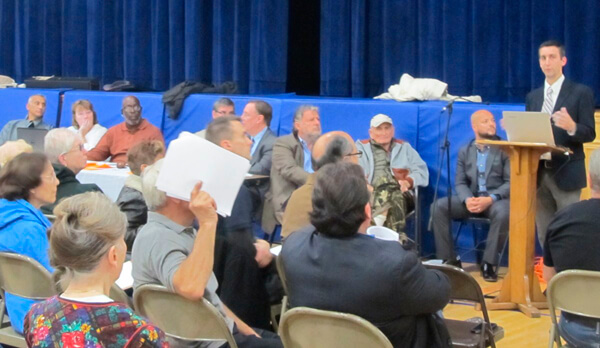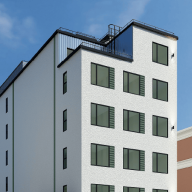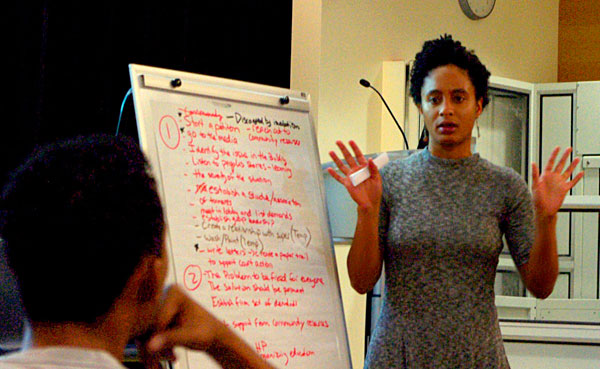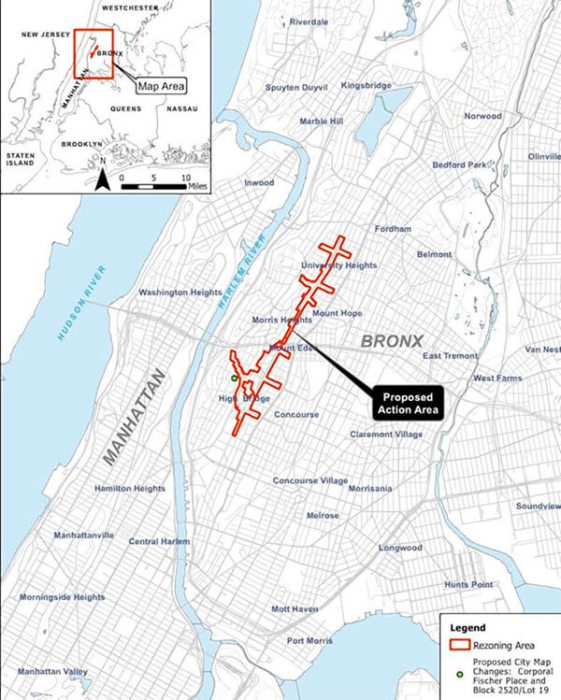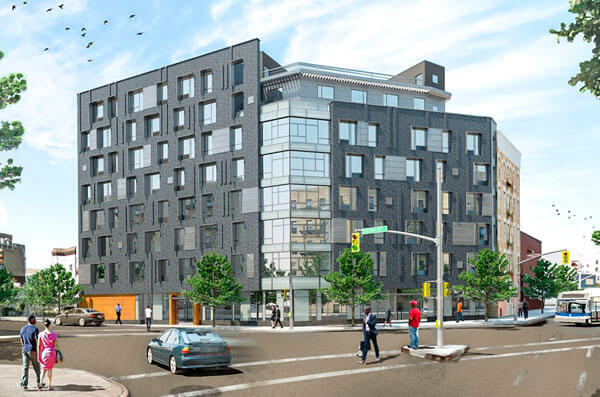The mayor’s zoning mandate to create affordable and senior housing has virtually no support in some corners of the borough, and is being voted down at some town hall meetings.
At places like the east Bronx’ Community Board 10, the mandate to encourage development of subsidized affordable and senior housing – except in parts of Manhattan, ‘Brownstone Brooklyn’ and Long Island City – have drawn charges that it will do nothing to promote economic diversity and does not benefit people already living in those communities.
At community boards 4, 11 and 12, there were full-board votes against both parts of the proposal: Zoning for Quality and Affordability, and Mandatory Inclusionary Housing, according to representatives from those boards.
At Community Board 9, despite initial support and a vote in favor, the measures have been sent back to committee for further review, said William Rivera, CB 9 district manager.
The zoning text amendments, currently in the city’s Uniform Land Use Review Process, would allow for the waiver of certain parking and height requirements in mid-density areas, especially near major transit lines, to encourage the creation of affordable and senior housing.
At a raucous CB 10 public hearing on Tuesday, October 27, several board and community members said that the city government as a whole was not listening to what the community was asking for, and that the mayor’s controversial plan seemed to fly in the face of community needs.
“We need responsive city government,” said CB 10 and Waterbury LaSalle Community Association board member Mary Jane Musano to DCP officials. “You are not listening to what this community is saying.”
The community wants further downzoning, more stringent parking requirements, and for seniors to stay in their longtime neighborhoods, she said.
“Listen to the people who live here!” she said. “We have to be here every day, we don’t want the traffic (and) we want our children to be in schools, not in trailers.”
One of the only attendees at the CB 10 hearing who offered a perspective in support of the plan was Sandi Lusk, a community activist who lauded it as one that helped the working poor and was a refreshing change of tone from the previous mayoral administration.
She was clearly an outlier at the meeting, where controversy swirled around the two proposed ULURPs.
East Bronx community activist John Marano said that he believed that plans like these need to be tailored to individual boroughs, or perhaps, specific neighborhoods.
“I wish each neighborhood would have its own plan, because the overall plan does not fit every community,” said Marano, who also asked how many people could reasonably be expected to fit into New York City.
The plan would cede local power to influence events to others, indicated Father Richard Gorman, CB 12 chairman.
“I am not in favor of anything that takes a benefit, as there is a benefit for developers in this, and enshrines it into the zoning ordinance,” said the chairman. “I think any benefit for any developer should be something that is worked out through negotiations with local government…we should never turn around and give up whatever ability we have to influence events.”
In rejecting the plan, CB 11 cited 12 objections, including that the mandate leaves little room for community boards to have input on future projects, includes no veterans housing component, would make senior housing as of right without any review even in low-density R-3 zones and up.

